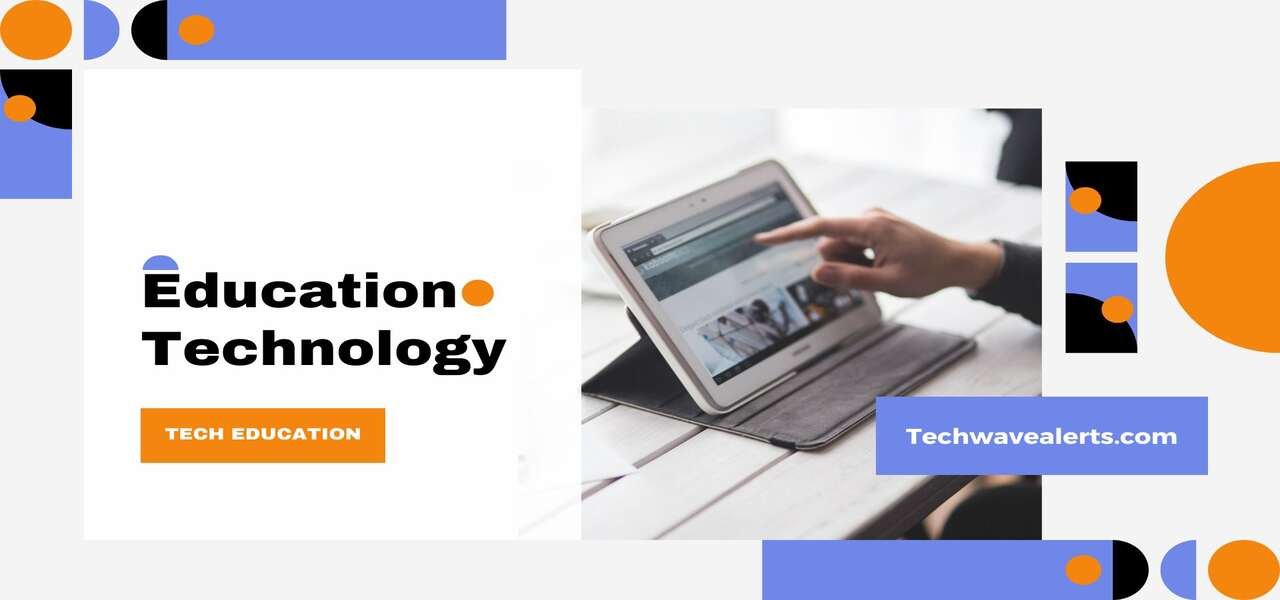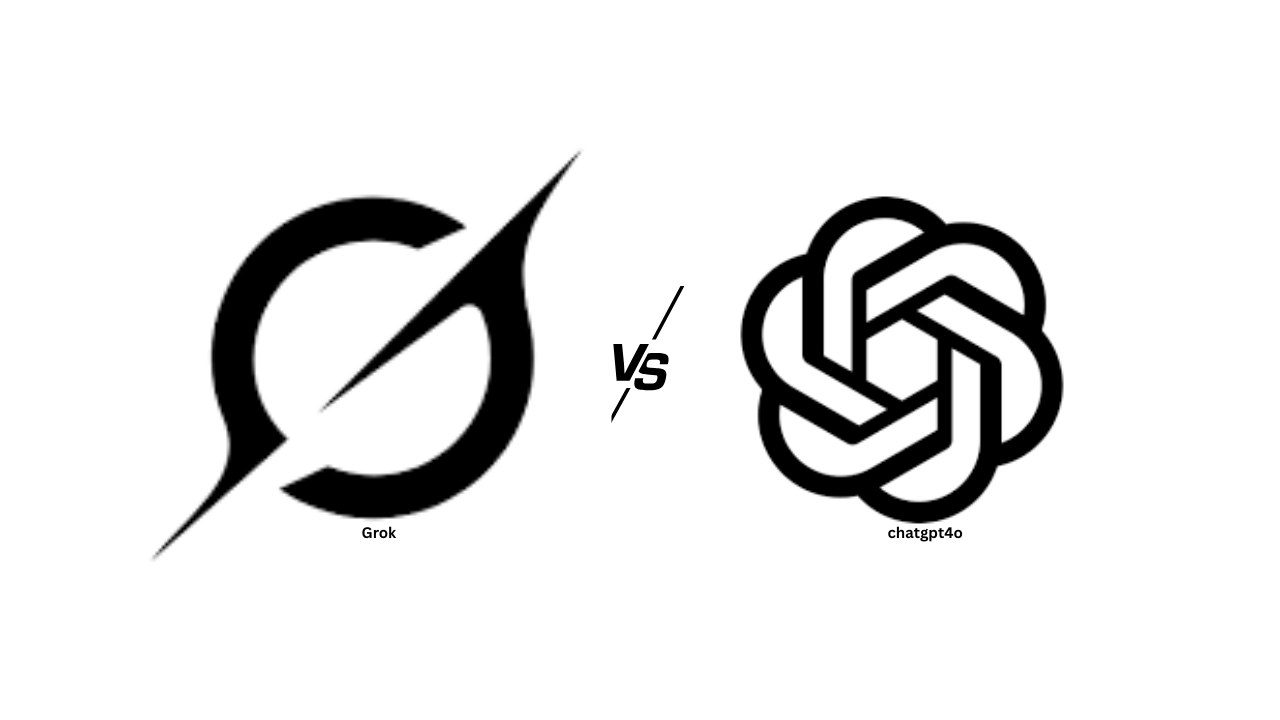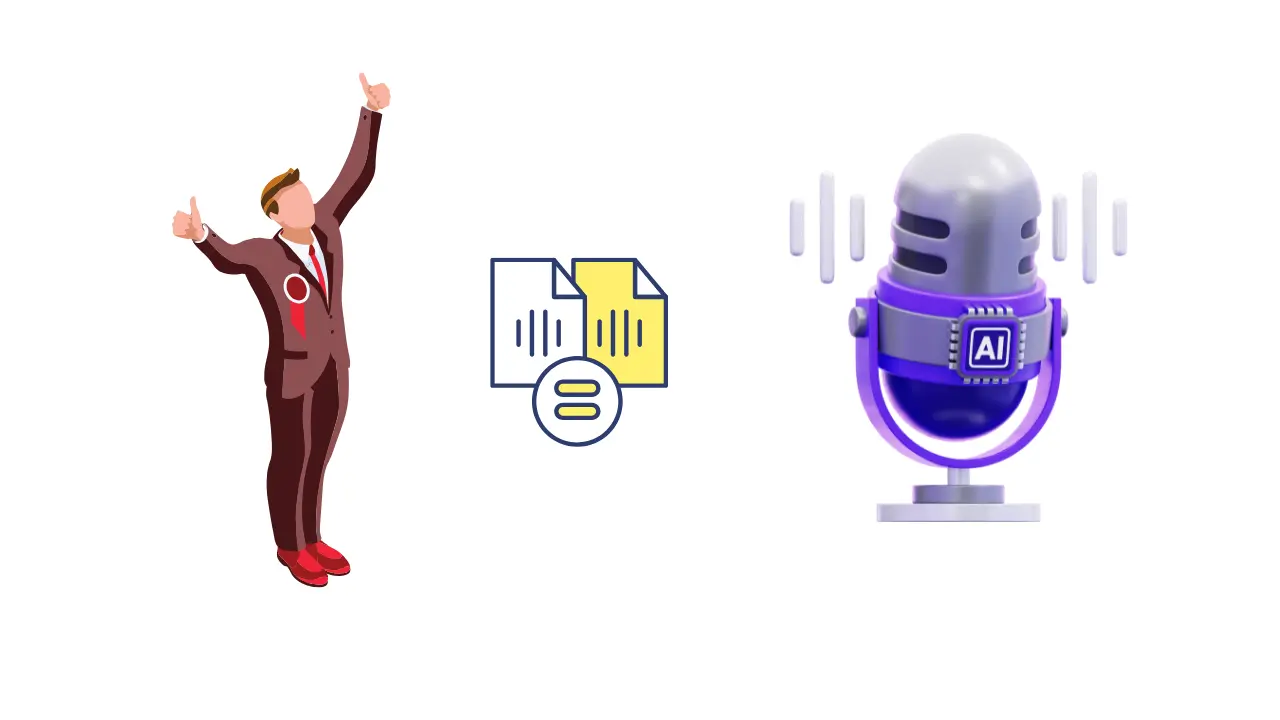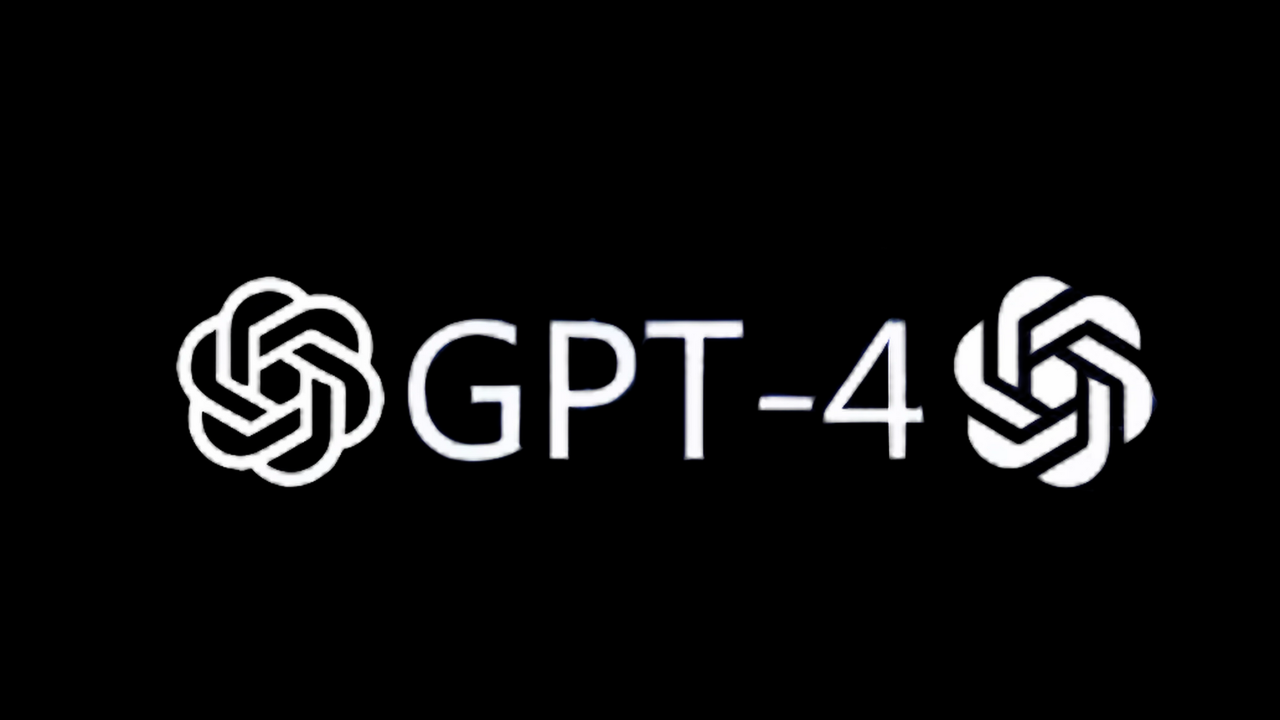Hi there everyone, I’m David Lee. This post will explain what is educational technology, or EdTech, is, how to classify various EdTech experiences, how to use technology to support transformative learning, and, lastly, one of the best teaching strategies that, in my opinion, supports meaningful and successful technology integration. Now, let’s get started.
Defining EdTech and Its Broad Scope
Educational technology is a complicated concept to define because it encompasses so many different things. EdTech can include learning management systems, digital tools and media, ICT (Information and Communications Technology), or even school tech infrastructure, such as Wi-Fi, devices for students and teachers, and data privacy measures.When I explain EdTech to educators, I like to use this term because of its broad scope: Through the development, use, and ethical management of suitable technical procedures and resources, educational technology is the study and ethical practice of promoting learning and enhancing performance.
In schools, EdTech involves using technology and related processes to facilitate learning and improve performance. This concept can manifest in various ways, with learning experiences that integrate technology falling under specific learning theories.
Categorizing EdTech Through Learning Theories
One good way to understand EdTech experiences is to classify them based on the learning theories that they support. Learning theories describe how humans learn and fall into three general categories: constructivism, behaviorism, and cognitivism. Each hypothesis offers a unique perspective on how EdTech facilitates learning.
Behaviorism in EdTech
The core concept of behaviorism is the understanding that conditioning is how behaviors are learned. Within behaviorism, a central idea is operant conditioning: learning through a stimulus-response cycle. In the context of education, this can be applied through programmed instruction, in which mechanical devices or digital platforms guide learners through stimuli and immediate reinforcement.
Khan Academy is an excellent example of behaviorism in EdTech, as it offers free online resources with video lessons, practice exercises, and tailored feedback. It makes use of adaptive technology to get the level of the students and give them challenges based on that, thus reinforcing learning through immediate feedback.
Cognitivism and EdTech Tools
Cognitivism is the way that mind stores, organizes, analyzes, and retrieves information. It highlights the part that thought processes play in education. In educational technology, this can be a multimedia, audio, and visual presentation of information that helps students better comprehend and retain the material.
For example, visual aids and interactive content resonate with the cognitivist perspective since they make complicated concepts more accessible and memorable.
Constructivism and Learner-Centered Methods
Constructivism postulates that learning is constructed based on experiences. Constructivist EdTech tools usually integrate learning in authentic and meaningful contexts, promote social negotiation, and facilitate self-awareness during learning. These tools give learners ownership of their learning process and help them critically and creatively solve problems.
Learning Transformation Using ISTE Standards
In 2016, ISTE introduced standards that are focused on transformative learning. These standards promote autonomous yet responsible learning by giving active roles to students in their education. The teacher’s job is to help the student’s progress toward their objectives.
ISTE offers some standards like, encouraging students, digital citizens, knowledge producers, creative communicators, innovative designers, computational thinkers.
Project-Based Learning: An Instructional Method for Successful Technology Integration
One of the best supplementary ways to teach with technology involves using project-based learning, whereby students are actively engaged with meaning-making, real-world projects. PBL incorporates all three learning theories and reflects the ISTE standards.
For instance, a mechanical float project, where students have to design floats for an annual festival, requires sustained inquiry, collaboration, and creative problem-solving. Students could utilize G Suite for collaboration purposes, digital journals for reflection, and programming tools in constructing their floats. From such projects, they learn to apply technology while building essential skills.
Conclusion
To summarize, educational technology is about providing learning and enhancing performance through responsible use of technology. There are experiences in EdTech that can be categorized on the basis of behaviorism, cognitivism, or constructivism. Empowerment learning is mainly about empowering students, while project-based learning is teaching that can easily integrate technology into education. Follow for more updates on Tech Education.





